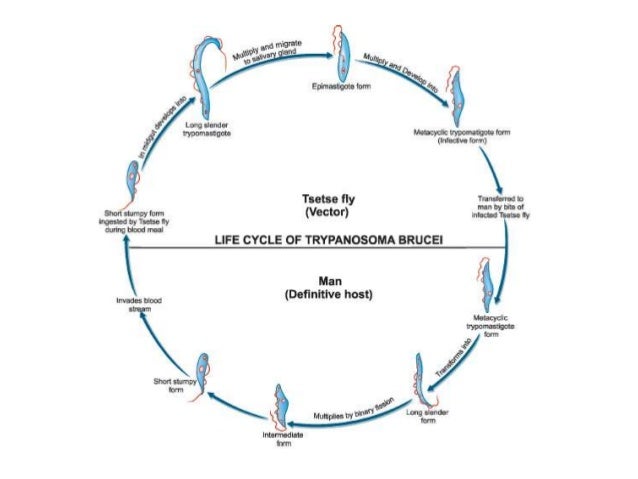Dear diary…. this week we talked PROTISTS….. from afar.
Protists are a very diverse group of Eukaryotes. Basically, if you’re not a Fungus, Animal, or Plant, and you have a nucleus, you’re a protist.
Protists are broken up further into ALGAE and PROTOZOA. Algae are single or multi cellular and photosynthetic. Protozoa are always single celled, heterotrophic, and can be parasitic.
Its worth also noting the different cell structures we discussed. Where would you find chloroplasts? agarose? kinetoplasts?
Algae play essential roles in marine ecosystems by being primary producers. Did you know that algae produce more of Earth’s atmospheric oxygen than plants do? They are also the very basis of the marine food web. Algae are so important, let’s keep them happy!
They are also half of the symbiotic relationship that produces the wonderful and colorful coral reefs.
Protozoa on the other hand, have many more shapes that they can come in.

Some have flagella, some have cilia, some have none. We see long ones, fat ones, all different types. Some have multiple life cycle phases depending on which host they happen to be in….

Slime molds are a type of protozoa. They come in two flavors:
Acellular slime molds are ONE GIGANTIC CELL. And the creep across surfaces, absorbing food as they move over it.
And it turns out, these dudes are pretty smart. They can solve puzzles:

They are good at finding the most efficient route between multiple points… so they can be used to model and develop transit systems like subways….

And those aren’t even the neatest ones! CELLULAR slime molds can exists as either single celled amoeba, or multicellular slugs. They secrete cAMP when they starve and cause the ameoba to come together and form a community – that ALL MOVES AS ONE UNIT.
WHAT THE ACTUAL WHAT?
Weird.
We then went over some important human pathogens, including Giardia, Malaria and Toxoplasma.
For Giardia, we discussed at length the differences between the cyst and the trophozoite forms and how/when each is relevant to disease. We did an in class activity looking at what can happen when cyst forms are not removed from the water supply (I’m looking at you, Carrollton!)
Next, we moved onto one of most important human pathogens on Earth…. Malaria!
I really don’t like mosquitoes BTW.
Why?
- They have taste buds on their feet
- They bite you
- They SPIT INTO YOU after they bite you (including their viruses and parasites)
- They poop their last meal on you before they fly away
Any more questions?
As for Toxo…
There are some pretty weird side effects of Toxoplasma infection:
- infected women tend to have more male children (huh?)
- Infected women are more attractive to men, have higher IQs and have more positive traits (double huh?)
- Infected men have lower IQs, and more aggressive behavior (what the what?)
- Both genders may lower reaction times
- There may be a connection to Toxo infection and some types of mental illness
- Very anecdotal evidence says that Toxo+ humans are more likely to like cats… and may even hoard cats!
Why? It may have something to do with a much more well understood phenomenon of what happens in rodents. When rodents (not the natural host) get infected with Toxo, the parasite controls their brain and changes their behavior… so that they become attracted to the smell of cat urine. The rodents lose their fear of cats, and may even seek cats out. Why? Because the parasite WANTS to be inside the cat! That’s the natural and definitive host! So the cat eats the rat, and Toxo is back home. Maybe toxo is just messing with human’s brains hoping they’ll act like rodents?
It got pretty hot in the pop sci media a few years back… but may not be as much of a problem for humans as it was depicted. Who knows, the data is all over the place.
What to focus on this week:
- KILL ALL MOSQUITOES
- Be able to list the differences between algae and protozoa
- What is some of the ecological importance of algae?
- How do cellular slime molds communicate
- Draw or describe the differences between the bacterial flagella and the eukaryotic flagella
- Differentiate the cyst and trophozoite forms of giardia (shape, features, and role in disease)
- Know the basics of Toxoplasmosis and Malaria
- where the sexual and asexual phases occur
- what are the hosts? Are they obligate? Incidental?
- What cells of the hosts are involved?
- Why does cell bursting cause symptoms in both?
Questions or comments? Leave ’em below!